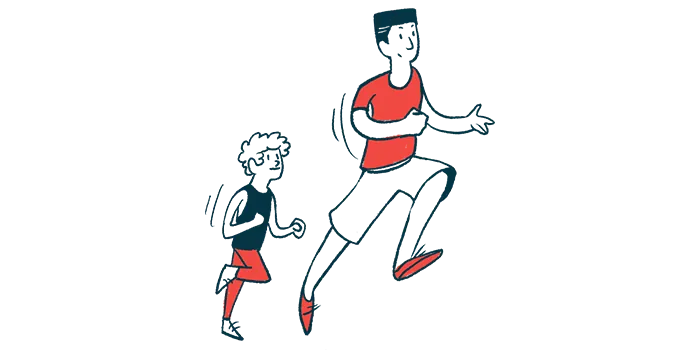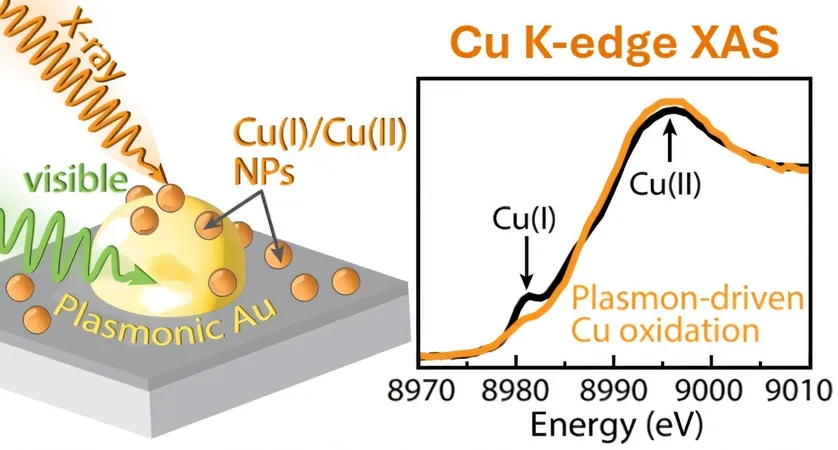
Unlocking New Horizons: How Noninvasive Brain Stimulation Revolutionizes Physical Therapy for Multiple Sclerosis Patients
2024-11-26
Author: Daniel
Recent research reveals that integrating noninvasive brain stimulation into physical therapy may significantly enhance balance and walking abilities in individuals with multiple sclerosis (MS). This exciting development offers new hope for those managing the often debilitating symptoms of this chronic condition.
Research Findings
A study published in Multiple Sclerosis and Related Disorders indicates that not only are there tangible benefits to standard physical therapy, but these advantages are markedly extended when combined with brain stimulation. The researchers found that individuals who underwent transcranial direct current stimulation (tDCS) prior to physical therapy experienced lasting improvements in mobility. Specifically, these benefits continued to manifest even six months after the initial treatment phase.
Expert Insight
Dr. Soumya Ghosh, a co-author of the study from the Perron Institute, highlights this breakthrough, stating, “By adding tDCS before exercise therapy, we observed substantial enhancements in walking speed and balance among MS patients, which persist longer in comparison to traditional exercise alone.
Understanding MS Challenges
Understanding the challenges faced by individuals with MS is crucial. Balance instability and walking difficulties are prevalent in this population, and while physical therapy offers a pathway for rehabilitation, its limitations are well recognized. The introduction of tDCS, which targets the motor cortex—the brain region critical for movement—aims to activate and enhance the brain's adaptability, thereby boosting the positive effects of physiotherapy.
Study Design and Outcomes
In this trial, 40 adults diagnosed with MS engaged in a six-week physical therapy program aimed at improving their gait and balance. Participants were divided into two groups: one received 20 minutes of active tDCS before each therapy session, while the other underwent a placebo (sham) stimulation. Remarkably, the group that received the tDCS showcased greater improvements when assessed a week afterward, and these gains were more pronounced at the six-month follow-up.
Wider Implications
The implication of these findings could be profound. In addition to improving physical mobility, patients undergoing the combined treatment noted enhancements in their overall physical and mental quality of life. This multifaceted approach could pave the way for a more holistic rehabilitation strategy for MS individuals.
Future Research
While the results are promising, Dr. Ghosh emphasizes the need for further research to optimize the application of this innovative and affordable device in rehabilitation settings. As scientific exploration continues, there's a palpable sense of optimism that this method could reshape the future of therapy for those living with multiple sclerosis, providing them with the tools they need to regain control over their daily lives and foster independence.
Conclusion
Stay tuned as we uncover more breakthroughs that could change the landscape of medical treatment for chronic conditions!





 Brasil (PT)
Brasil (PT)
 Canada (EN)
Canada (EN)
 Chile (ES)
Chile (ES)
 España (ES)
España (ES)
 France (FR)
France (FR)
 Hong Kong (EN)
Hong Kong (EN)
 Italia (IT)
Italia (IT)
 日本 (JA)
日本 (JA)
 Magyarország (HU)
Magyarország (HU)
 Norge (NO)
Norge (NO)
 Polska (PL)
Polska (PL)
 Schweiz (DE)
Schweiz (DE)
 Singapore (EN)
Singapore (EN)
 Sverige (SV)
Sverige (SV)
 Suomi (FI)
Suomi (FI)
 Türkiye (TR)
Türkiye (TR)